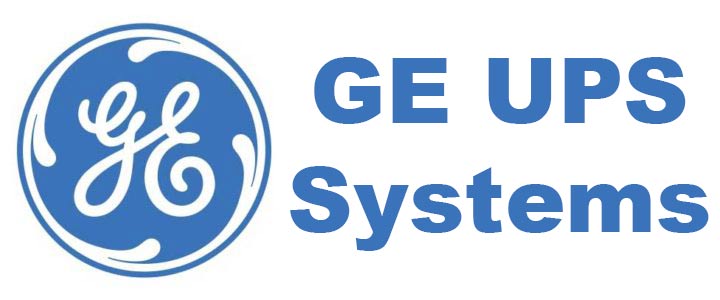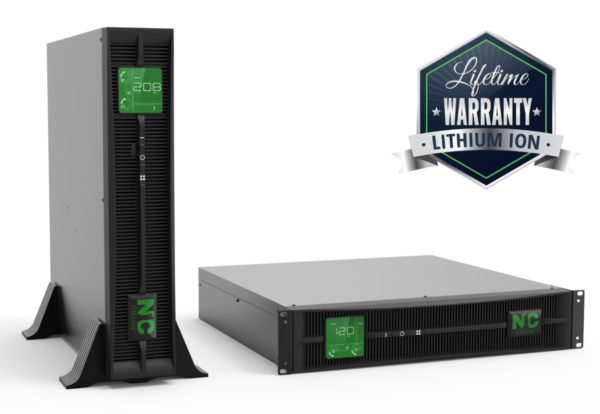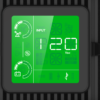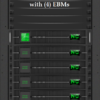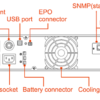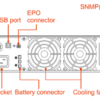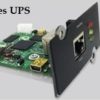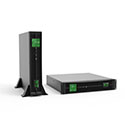Description
Main Features:
- 1 KVA, 2 KVA, 2.2 KVA, and 3 KVA Models
- 120VAC Models
- Rack and Tower Mountable
- Standard with SNMP Communication Port and 1000 Node Software Suite
- 11 Minutes of back up time at 100% load. 3X more than Lead Acid
- 12+ Hours of runtime available with External Battery Modules
- The Industries ONLY Lifetime Warranty
Application
19″ Rack Device, Computer Room, Data Center, Point-of-Sale, Router, Hub, and Network Device, Commercial Facility, Precision Instrument.
Benefits
 |
Life Span: The average life span of a VRLA battery is 4-6 years in ideal conditions. N1C Li-Ion battery life span is 10-15 year in nearly all conditions. Long life batteries reduce the burden and cost of down time and maintenance. |
 |
High Power Density: Lithium Ion batteries have over 5 times the Energy density and take up about 1/3 the space of a VRLA based solution that delivers the same power. This means more power in the same or smaller footprint. |
 |
Charge and Recharge Efficiency: N1C Lithium Ion batteries can be charged/ discharged over 1000 times versus 200-400 charges/ discharges for standard VRLA batteries. N1C Lithium UPS units include built in chargers capable of 1-hour recharge times, compared to 4-10 hour recharge times of VRLA battery UPS systems. |
 |
Smaller Footprint: A smaller footprint translates to reduced cooling requirements as well as about a two thirds reduction in weight. This offers the installation flexibility needed by many IT departments. |
 |
Environmentally Friendly: Other than the obvious, that Lithium Ion batteries do not use Lead, there are many other “green” benefits to Lithium. Lithium batteries require less charging time and power, need to be replaced less often, and take less energy to produce and transport. |
 |
Heat Tolerant: Li-Series UPS units can withstand working temperatures up to 140 ̊F. Where VRLA battery life is reduced by half for every 10 ̊F, Li-Ion battery life is unaffected. |
Documentation
xxxx
